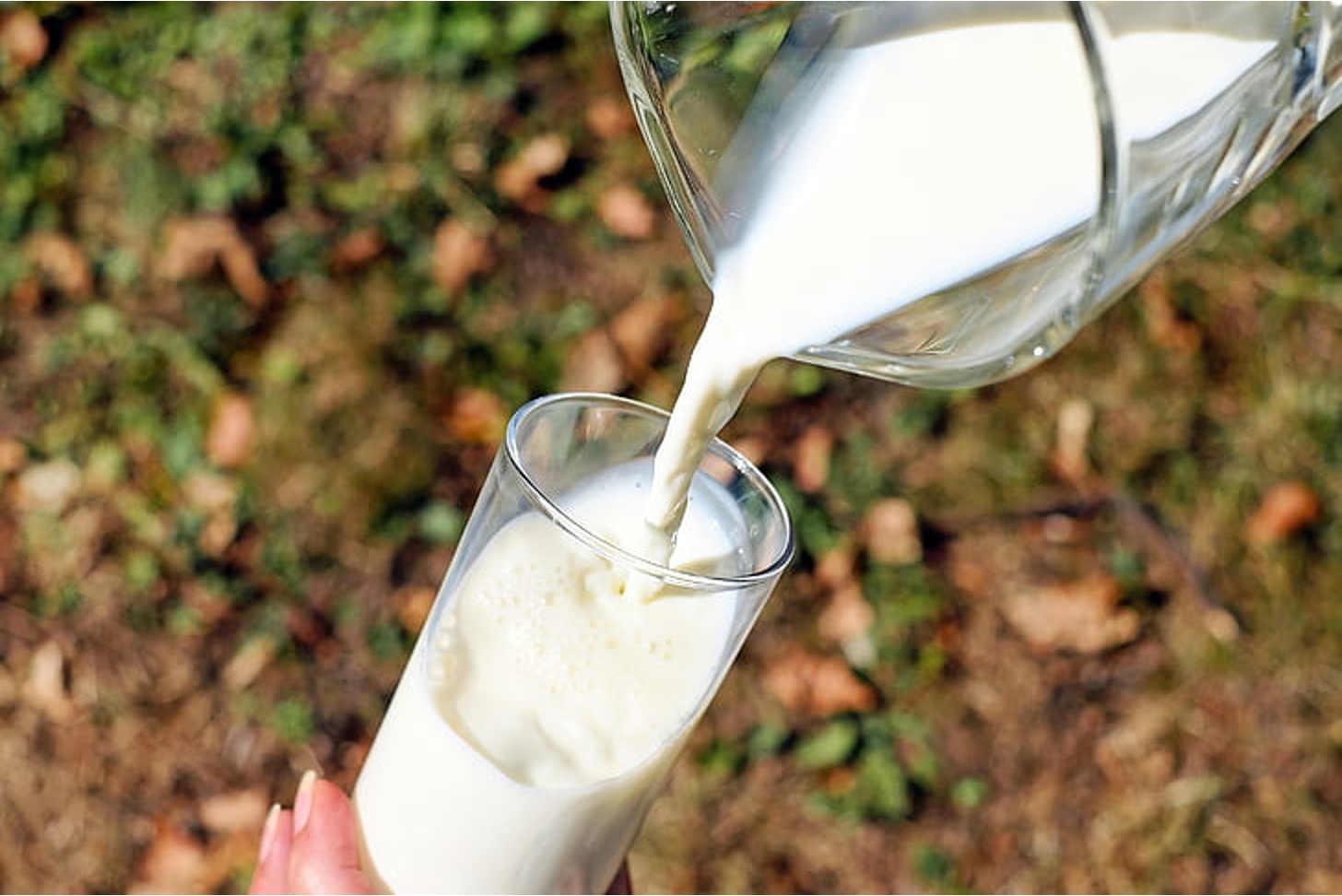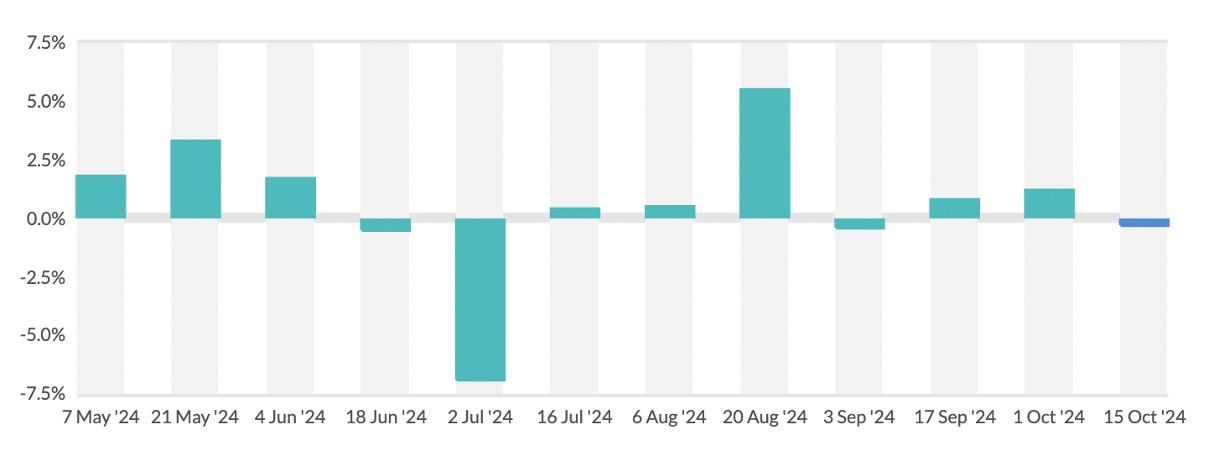Research Study highlights
In this study of adolescents who had cow’s milk allergy (CMA) and atopic eczema in infancy, we observed their dairy consumption and vitamin D status. We compared these adolescents with those who had a negative CMA test in infancy and a control group without CMA. Key findings include:
-
Dairy Consumption and Vitamin D Status
:
- There was no significant difference in dairy product consumption or vitamin D levels between those with a history of CMA, those with a negative CMA challenge, and the control group.
- Dietary vitamin D intake was similar across all groups.
- 56.7% of participants consumed less than the recommended 500g of liquid dairy products per day, but 93.1% were still sufficient in vitamin D.
-
Growth and Health:
- Infants with CMA were shorter and thinner than healthy controls, but there was no difference in height or BMI-for-age in adolescence.
- Children with CMA showed catch-up growth after stopping the elimination diet.
- Adolescents with a history of CMA had similar height and weight compared to non-allergic peers.
-
Milk Reintroduction
:
- In Finland, most children began consuming dairy products by age 3 after stopping a milk elimination diet.
- Only a small percentage of children met the national recommendations for dairy intake.
- In our study, median milk intake among adolescents with a history of CMA was less than one glass per day, similar to non-allergic peers.
-
Vitamin D Supplementation
:
- Despite only 57% taking regular vitamin D supplements, only 6.9% had vitamin D insufficiency due to fortified foods.
- Combining food and supplement intake, the median vitamin D intake was 13.7 µg/d, above the recommended 10 µg/d.
-
Comparison with Other Studies
:
- Previous studies showed lower vitamin D levels in children with CMA, but our study found no significant difference.
- Variations in analytical methods for measuring vitamin D might explain discrepancies in findings.
-
Study Strengths and Limitations
:
- Strengths include using DBPCFC (double-blind, placebo-controlled food challenges) for CMA diagnosis.
- Limitations include a high proportion of females and special diets in the control group, which might affect generalizability.
- The study did not account for total milk intake from mixed dishes or the timing of milk reintroduction.
-
Conclusions:
- Adolescents with a history of CMA successfully reintroduced dairy into their diet.
- The Finnish fortification program for vitamin D in dairy products is effective.
- Current management of CMA in children appears sufficient, and additional monitoring after developing milk tolerance is unnecessary.
This study supports that dietary management and vitamin D fortification programs are working well for children with a history of CMA, and concerns about long-term dietary restrictions may be unfounded.


























